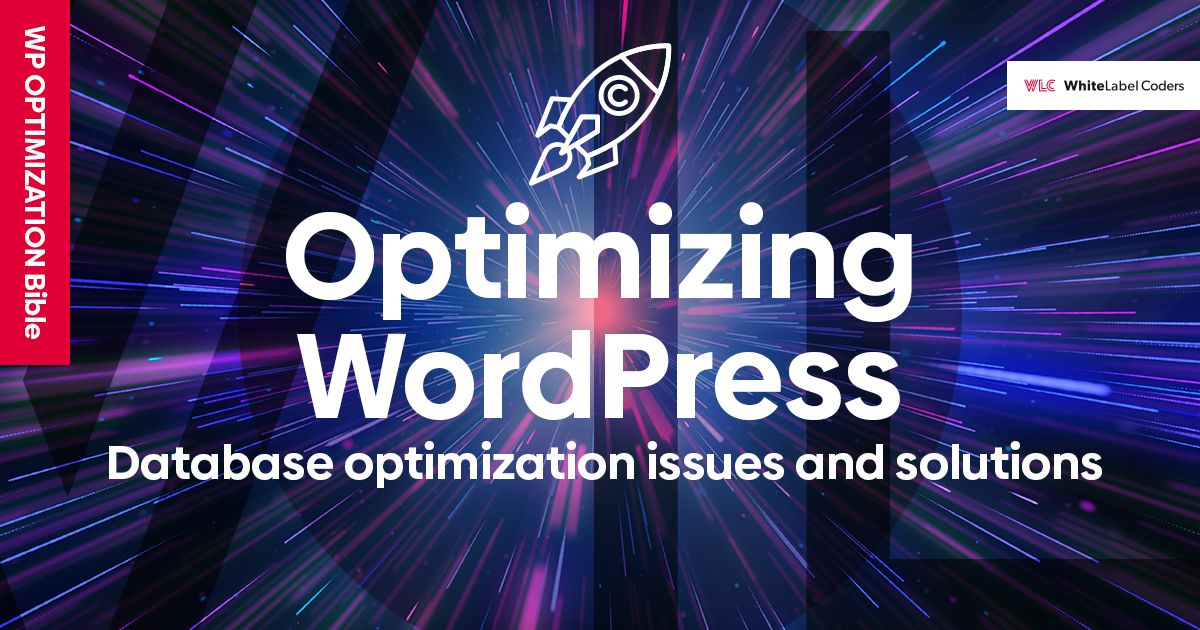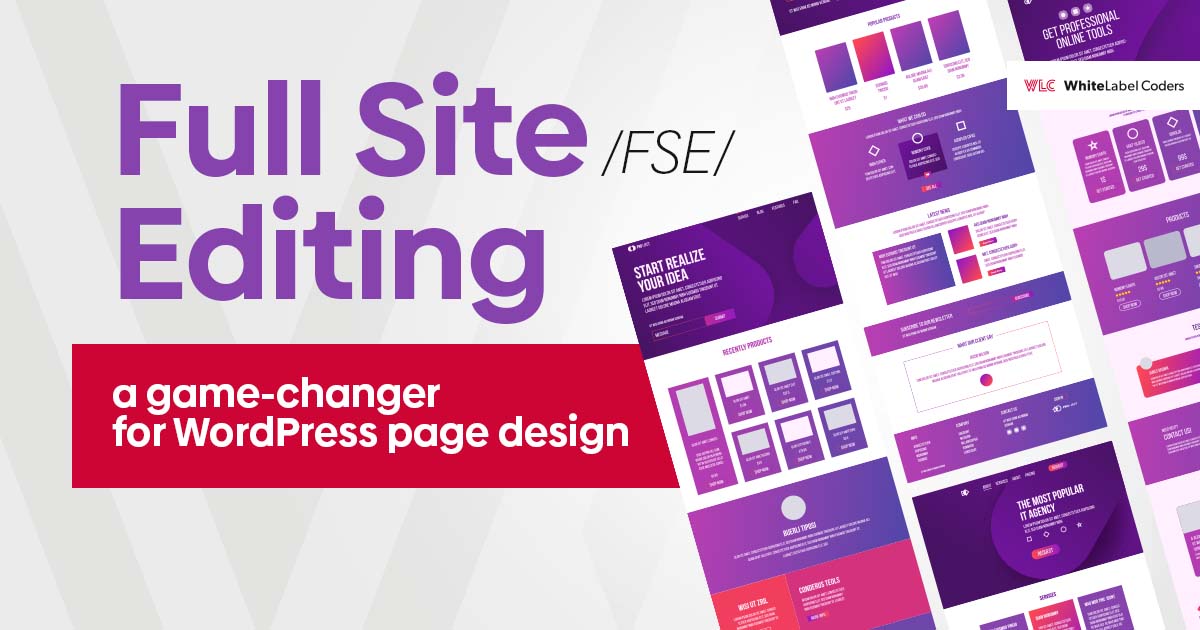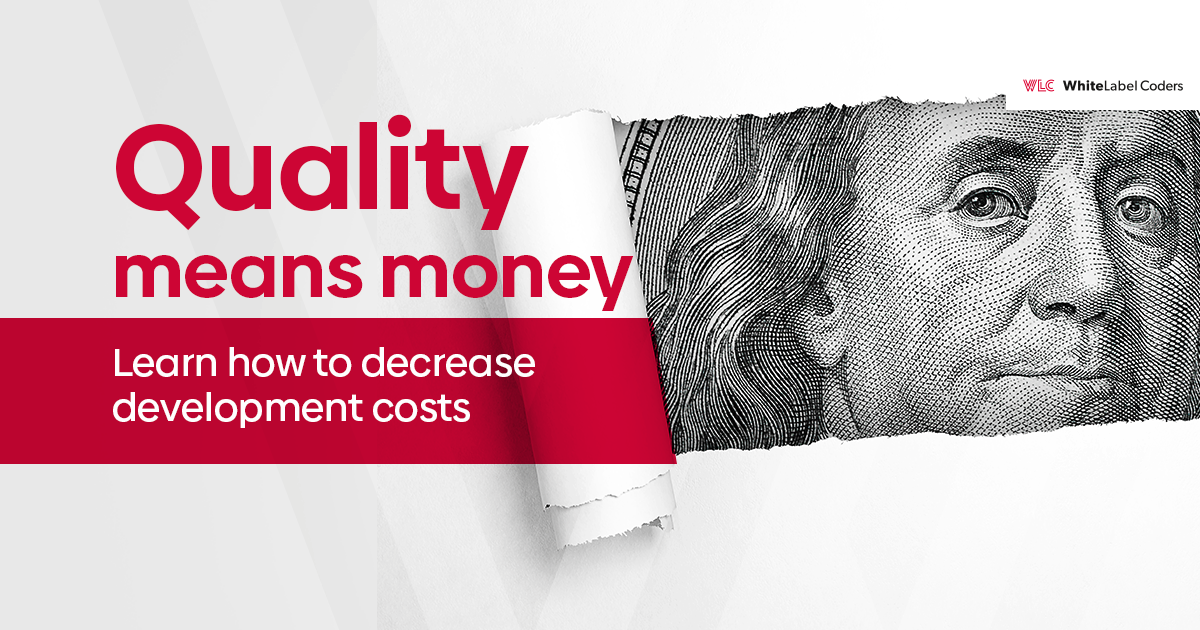Category: WooCommerce / WordPress
50 Ways on how to optimise your WordPress based website

Over 60 million people have chosen to base their businesses on WordPress. This success isn’t determined by the system itself, rather it’s the way the websites are created, in addition to their maintenance and optimization. So how do you get more visitors and make your site be blazing fast? We’ve compiled a list of 50 tips, grouped in five categories, to help you make your WordPress run smoother and to increase inbound traffic. See how to optimise your WordPress based Website.
Update what’s to update, remove what’s in the way
Remember to update everything that allows your website to function. Not only do you get rid of bugs and security issues, but you might end up speeding up your websites as developers often optimize their products for speed. Here are six helpful advices on WordPress optimization.
- Update your PHP to the latest version.
- Update your WordPress engine.
- Look for updates of your current theme.
- Update all used WordPress plugins.
- Delete all unused plugins and themes.
- Optimize the database, but remember to backup before doing so.
Optimise your images
Often times, most of your loading time is taken by downloading and rendering pictures. Use these eight tips to optimise the way your images are shown on your WordPress website.
- Implement lazy loading techniques to load only what’s needed.
- Use advanced adaptive images to deliver pictures resized and optimized for user’s device.
- Try Progressive image load for improved loading times.
- Ditch heavy PNG in favor of more compact JPG or start using WebP for image optimization.
- Work on the golden mean between compression and quality for your graphics.
- Implement vector images (SVG) where possible.
- Use of CSS sprites will decrease number of server queries (i.e. multiple icons stored in a single file). Use Font Awesome to get vector icons and social logos on your website.
- Make use of these helpful plugins: Smush, TinyPNG (https://tinypng.com/), a3 Lazy Load .
Optimise your WordPress website template.
Template is the spine of your site. The leaner it is, the more agile it becomes. Check out these nine tips on how to improve your template to squish out even smoother operation and faster loading times.
- Use responsive template (test your website here).
- Minify your HTML, CSS and JS codebase (use these Autoptimize i WP Fastest Cache).
- Avoid using external scripts wherever you can (for example Disqus or Live Chat).
- Try to use as little scripts as possible.
- Avoid hosting audio and video files directly on your WP.
- Use as little picture sliders as possible.
- Improve your codebase quality to comply with W3C (W3C validator).
- Migrate your media to CDN (content delivery network).
- Optimise fonts used on the WordPress website.
Don’t neglect security issues
Security can also be important in terms of speed optimization. As a result a corrupted website can work slower or don’t work at all. Not to mention that this also has negative influence on your SEO and SEM campaigns. Google Ads might be disapproved due to malicious software. Take a look at those seven ideas concerning security optimisation of a WordPress website.
- Secure your website with an SSL certificate.
- Don’t neglect your WordPress and Plugins, always update everything as soon as possible.
- Use strong passwords. Avoid using generic passwords like “admin”.
- Turn off user registration if not used.
- Change default database prefix from wp_ to something else.
- Change admin panel address to make it harder to find for hackers.
Use these helpful plugins: Wordfence, All In One WP Security & Firewall .
WordPress search engine optimization
Speed is nothing when nobody visits your website. Create a SEO strategy and implement following ideas to make sure your webpage has a high traffic that will allow your company to grow.
- Make sure all of your pages are marked for indexation. Programmers tend to toggle this option off during the development cycle and forget to turn it back on.
- In addition, your website should only be associated with one address, even option with and without www prefix is considered separate addresses.
- Delete category from your URLs.
- Remember to set nofollow rule for all outbound links.
- Manually add or generate ALT attributes for all of your pictures.
- Use descriptive file names for images and downloads – this will help robots understand your content better and will rank you higher in search engines.
- Additionally, implement breadcrumbs across your website.
- Use pagination. However, remember not to include page number of the first page of the list in the URL.
- Remember to connect your page to Google Search Console.
- In addition, verify your website for errors for higher search engine rank. You can do free audit with Google Search Console.
- Remember to create sitemap and add it to robots.txt file and Google Search Console. It will make it easier for the robots to index your site and will rank you higher.
- Check for broken links across your page as they may lower your score. You can use either Broken Link Checker or Screaming Frog.
- Exclude all pages that shouldn’t be indexed, for example pages displaying sorting or filtering results. You can use robots.txt to tell crawlers which pages to ignore.
- Moreover, connect your website to Google Analytics.
- Use headings properly. There can only be one H1 per page and lower hierarchy headings should be ordered correctly.
- Take care of meta tags optimization.
- Configure Rich Snippets (structural data) that allow you to display additional information (user reviews, product price, availability and such) in search engine results. This plugin will make it easier Schema – All In One Schema Rich Snippets.
Take care of your content
Content is the king, this is where you supply information or bring entertainment to your readers. Optimise content on your WordPress website blog.
- Make sure your content is natural (as if written for humans, not crawlers). Current indexing algorithm favors natural language instead of low-quality content filled with keywords.
- Similarly, work on your users’ engagement. Higher traffic makes your website look more valuable to the algorithm.
- Include the rise in popularity of video content in your SEO strategy.
Good luck with your WordPress website optimisation.
Need help, contact us!






